(NLDO) - Analysis from an astrobiologist suggests that humanity's methods of searching for life on Mars may be unintentionally destructive.
Analyzing in the scientific journal Nature Astronomy, astrobiologist Dirk Schulze-Makuch from the Technical University of Berlin argues that evidence of Martian life - even living organisms - may have been found by humans, but accidentally killed.
The story is said to have happened with NASA's pair of Viking landers. When they landed on Mars in 1976, they had a long list of tasks.
One of these is to conduct experiments to test Martian soil for biosignatures, that is, traces of molecules related to life.
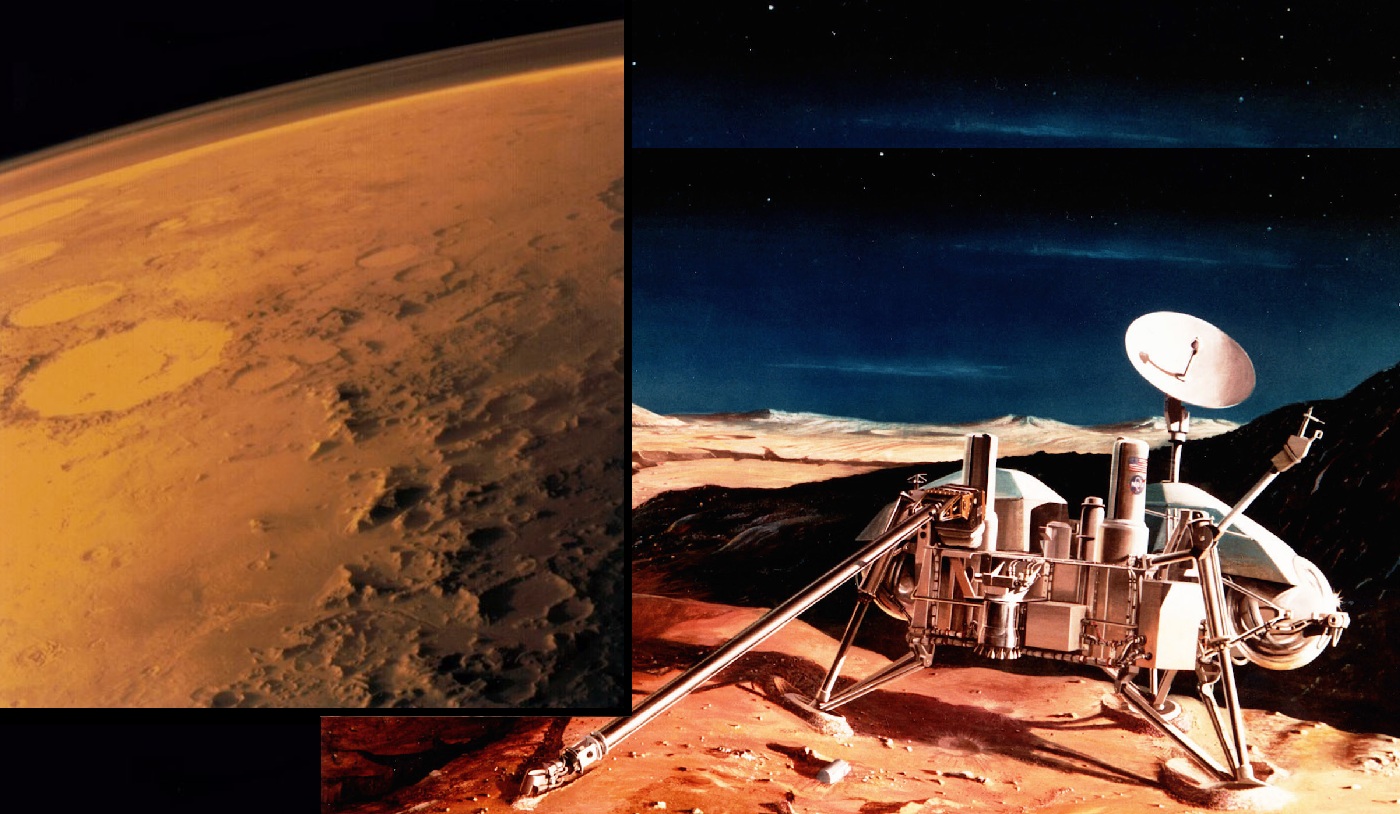
NASA's Viking 1 spacecraft in a graphic image and a photo it took while in orbit around Mars (left) - Photo: NASA
To date, these are the only dedicated biological experiments conducted on the red planet.
A ship's gas chromatograph mass spectrometer (GCMS) detected chlorinated organic matter.
At the time, this result was explained as humans accidentally contaminating the spacecraft and organic matter from that incident confusing the equipment.
Thanks to subsequent studies, we now know that chlorinated organics also exist on Mars, although it is unclear whether they were created by biological or abiotic processes. So the GCMS may not have been mistaken.
However, GCMS requires heating the samples to separate out the different materials within them. Subsequent analysis suggests that this process may have burned away the traces of life it was looking for.
With the new analysis, Dr. Schulze-Makuch also believes that other experiments could be similarly destructive.
Examples include experiments that release materials such as infusing liquids into Martian samples, pyrolysis experiments... to find evidence of metabolism and photosynthesis.
These spacecraft did not find what humanity wanted. However, the main problem is that a few decades ago, scientists thought that life on Mars was similar to Earth and thrived in the presence of water.
However, as we have recently learned, life can optimize itself to thrive in very dry conditions. Mars is very dry.
Wetting the samples could then kill any Martian organisms—if they existed—or destroy any traces of them.
“It's like aliens find you wandering in the desert, dying, and they decide humans need water so they dump you in the ocean. That doesn't work either,” Dr. Schulze-Makuch said.
Interestingly, the life signatures identified in the pyrolysis release experiment were much stronger in dry runs, with no water added to the sample.
So maybe humans went astray and accidentally killed the tiny aliens that were living in those Martian soil samples through their spacecraft.
If so, it is essential that we carefully consider the Martian ecosystem when designing future experiments.
Source: https://nld.com.vn/tau-nasa-co-the-da-bat-duoc-sinh-vat-sao-hoa-nhung-lam-chet-196241119092333612.htm


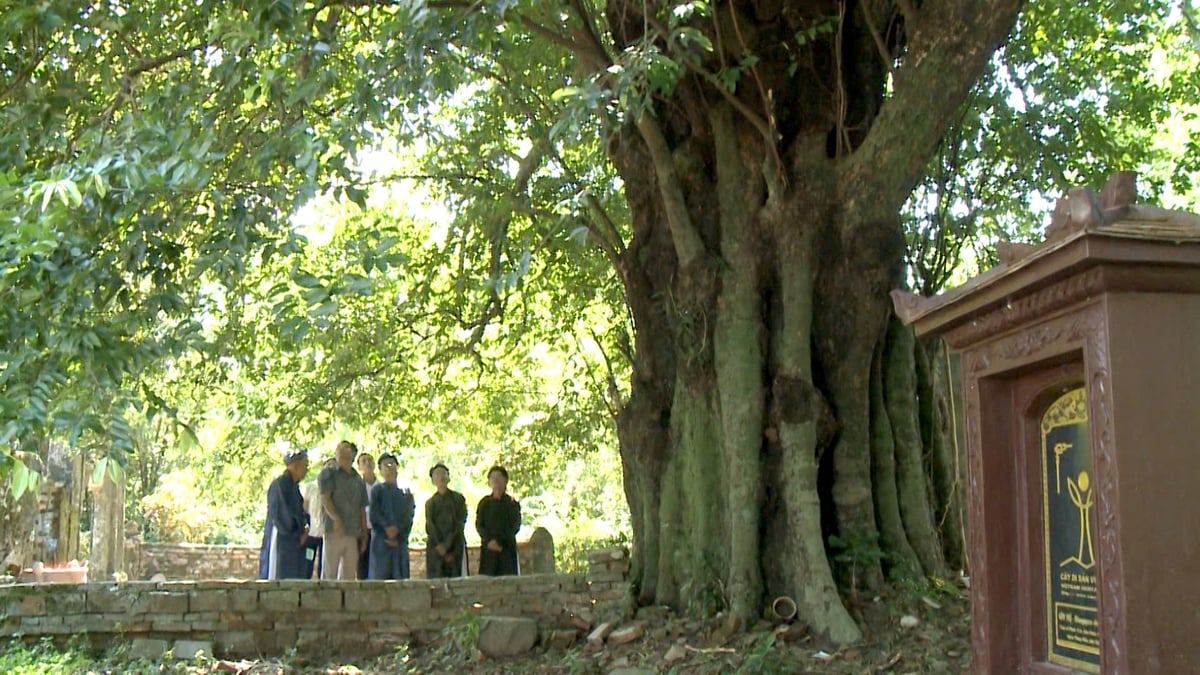

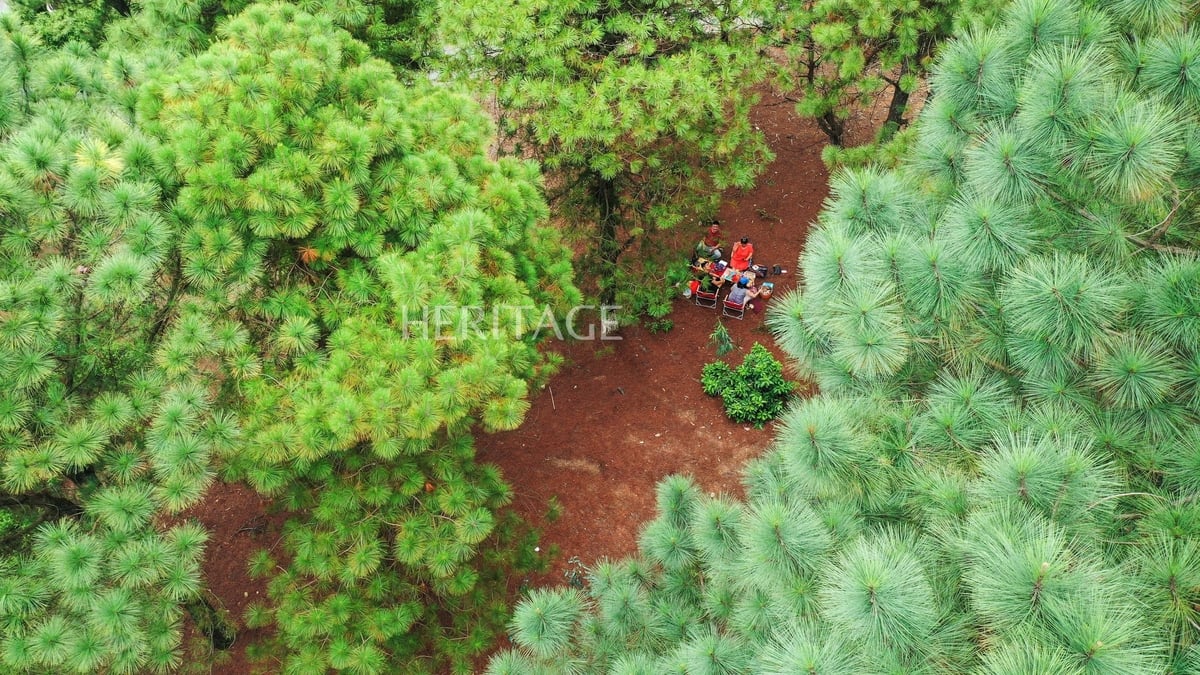


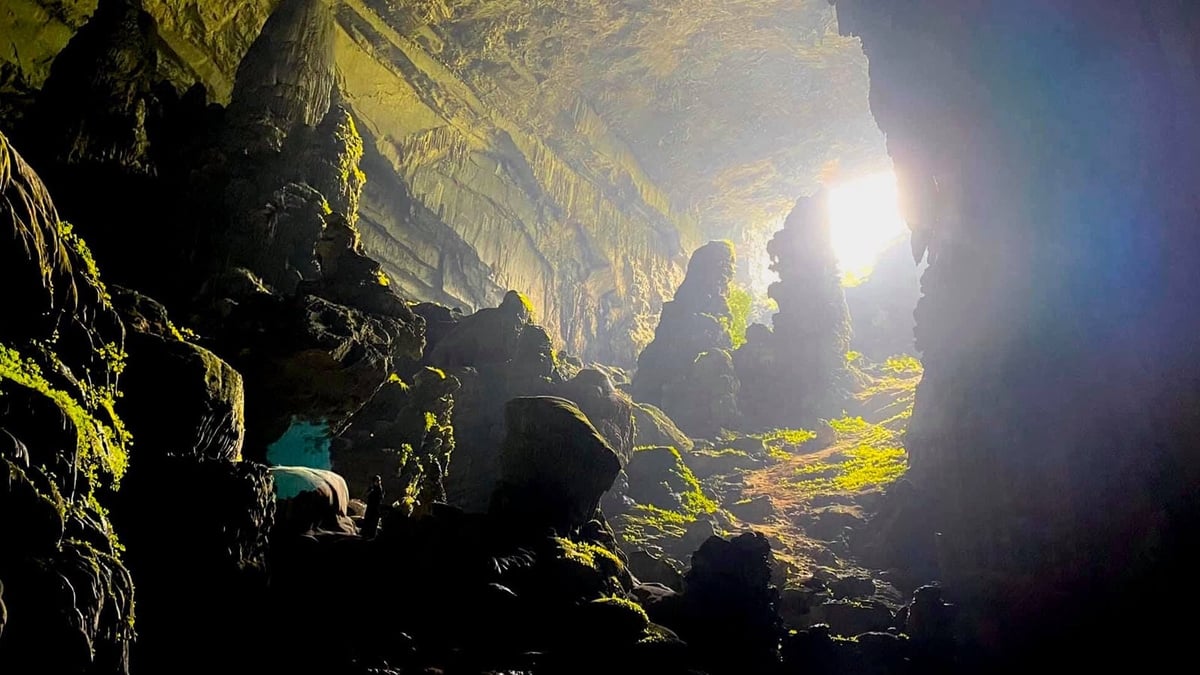
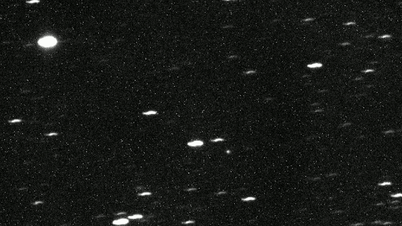




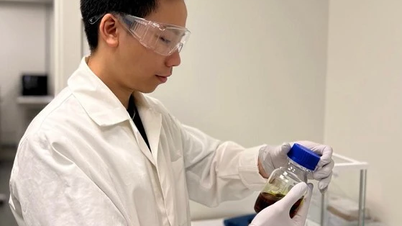








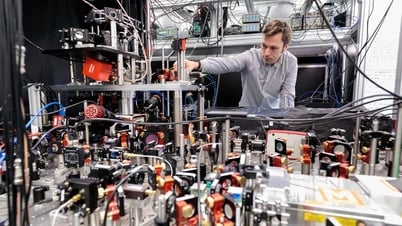






















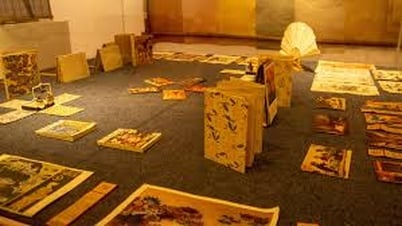















































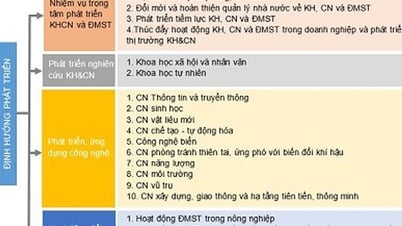

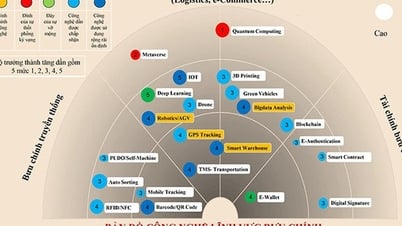




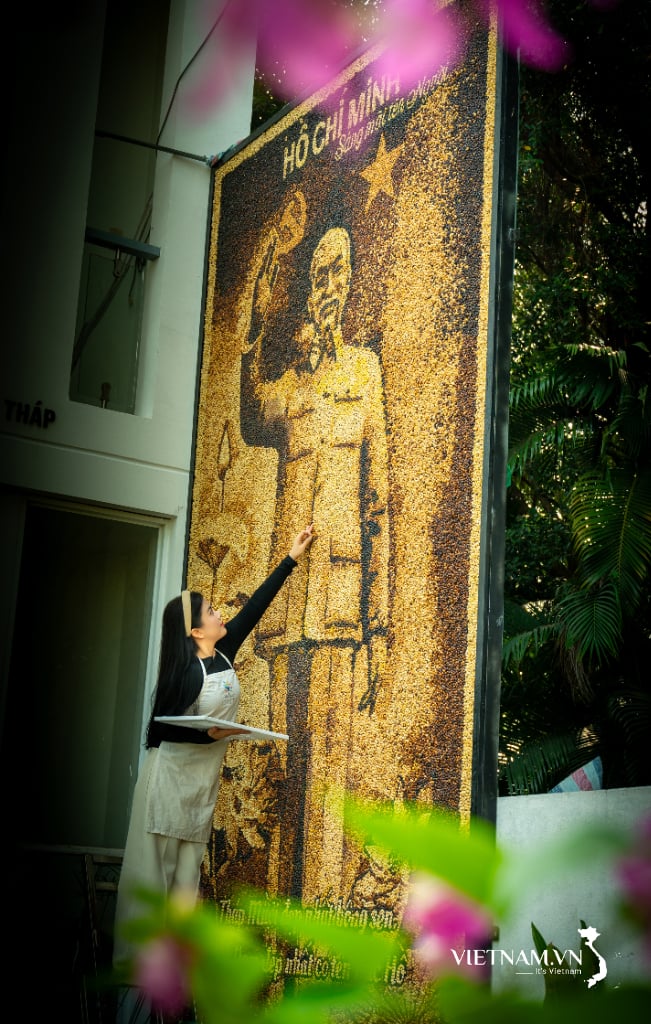


Comment (0)